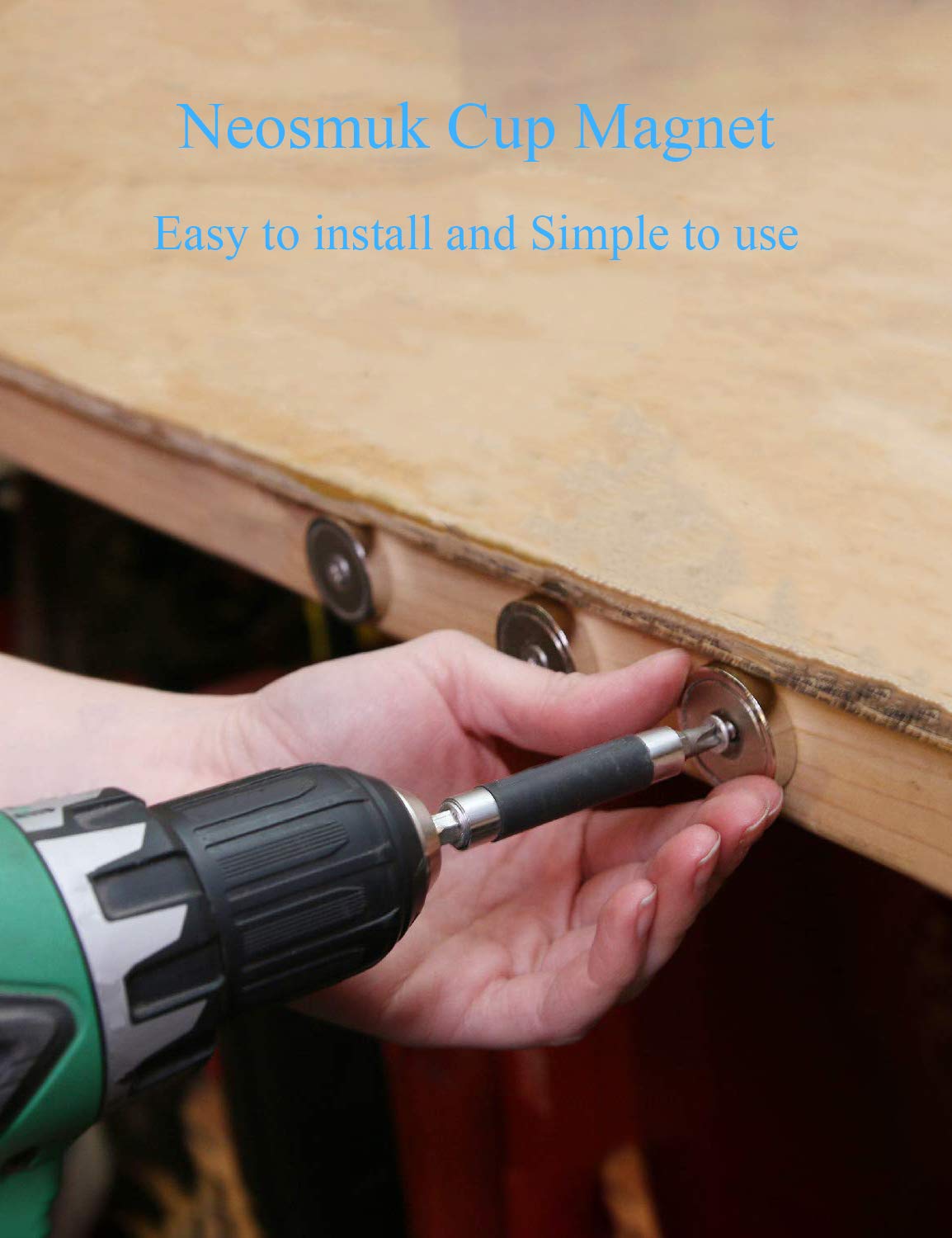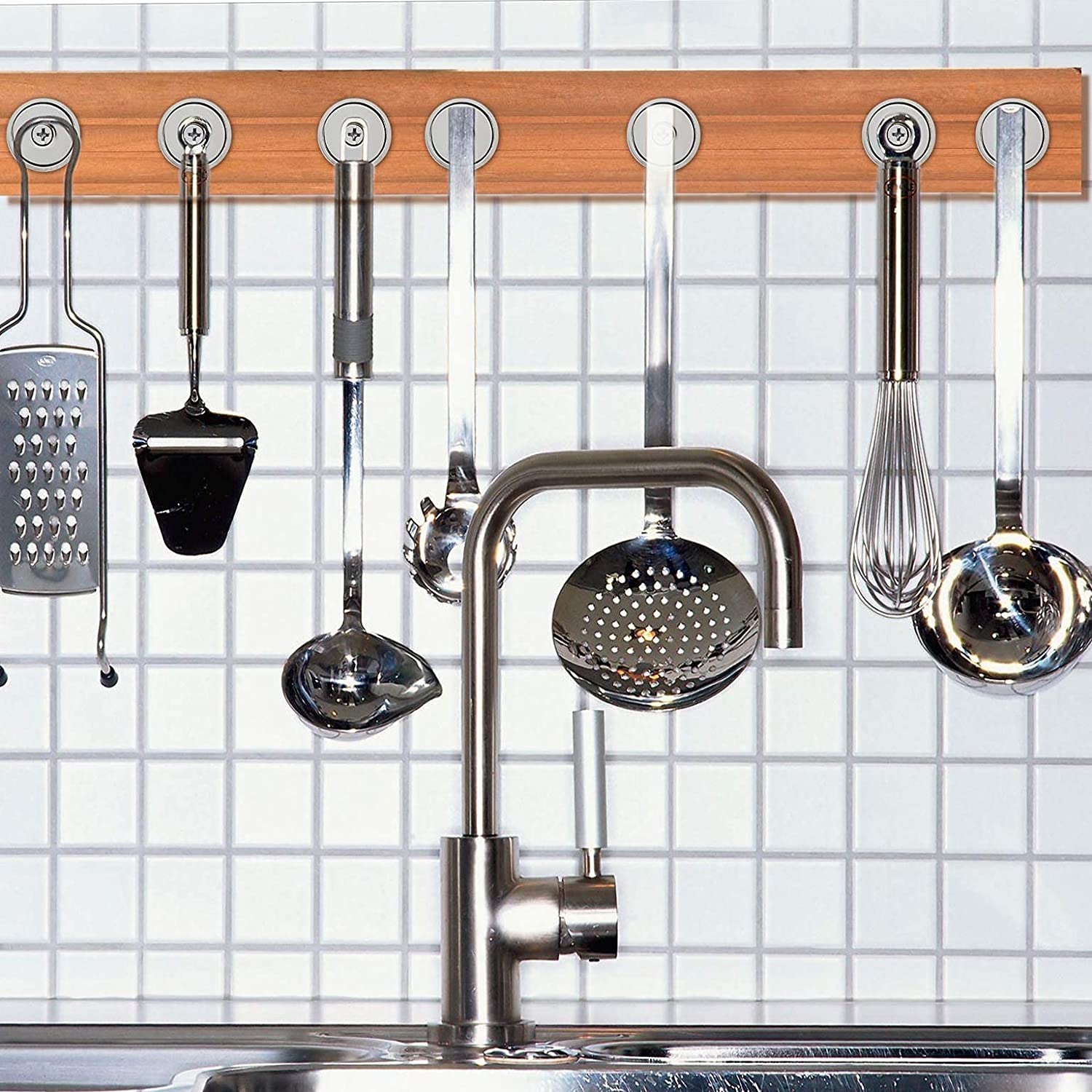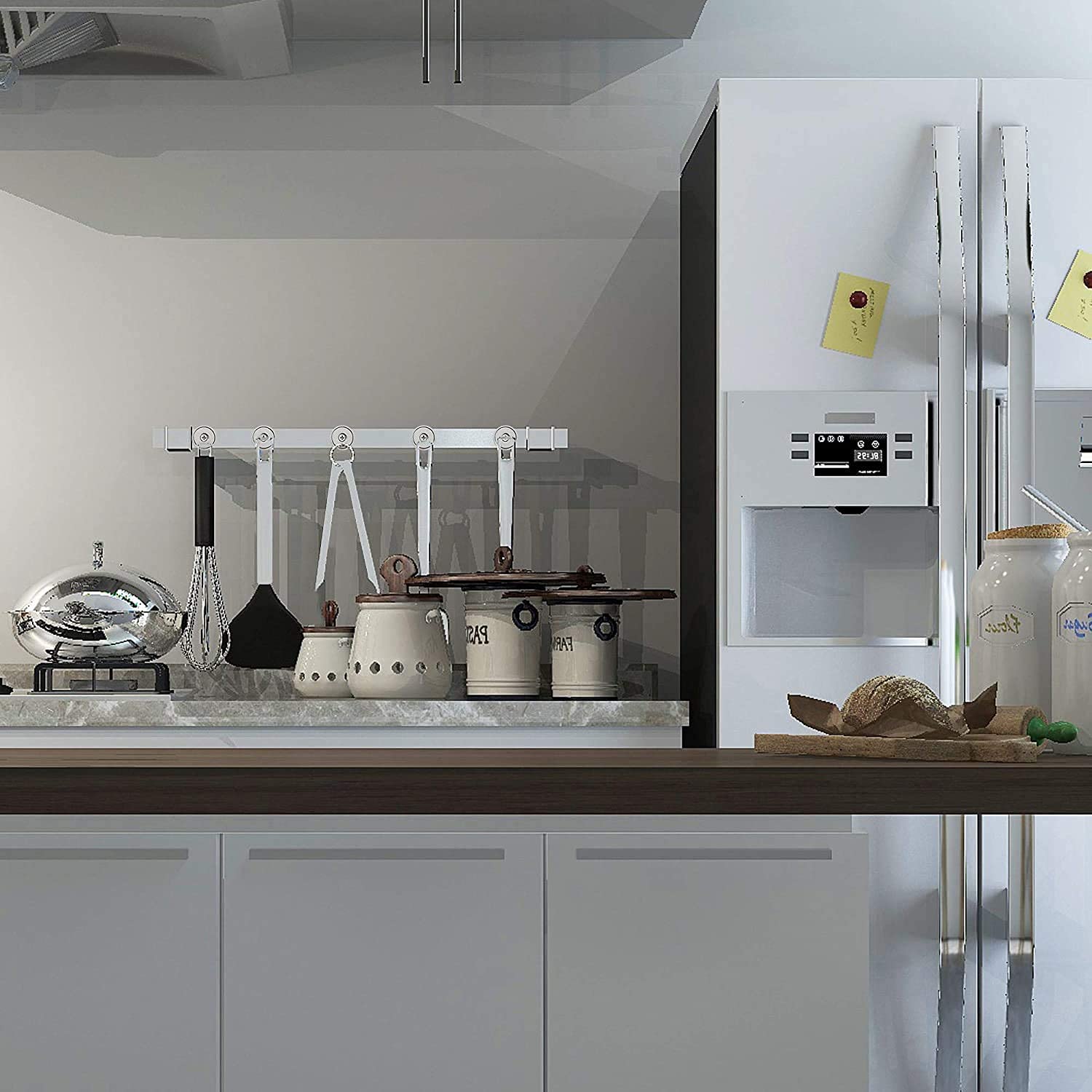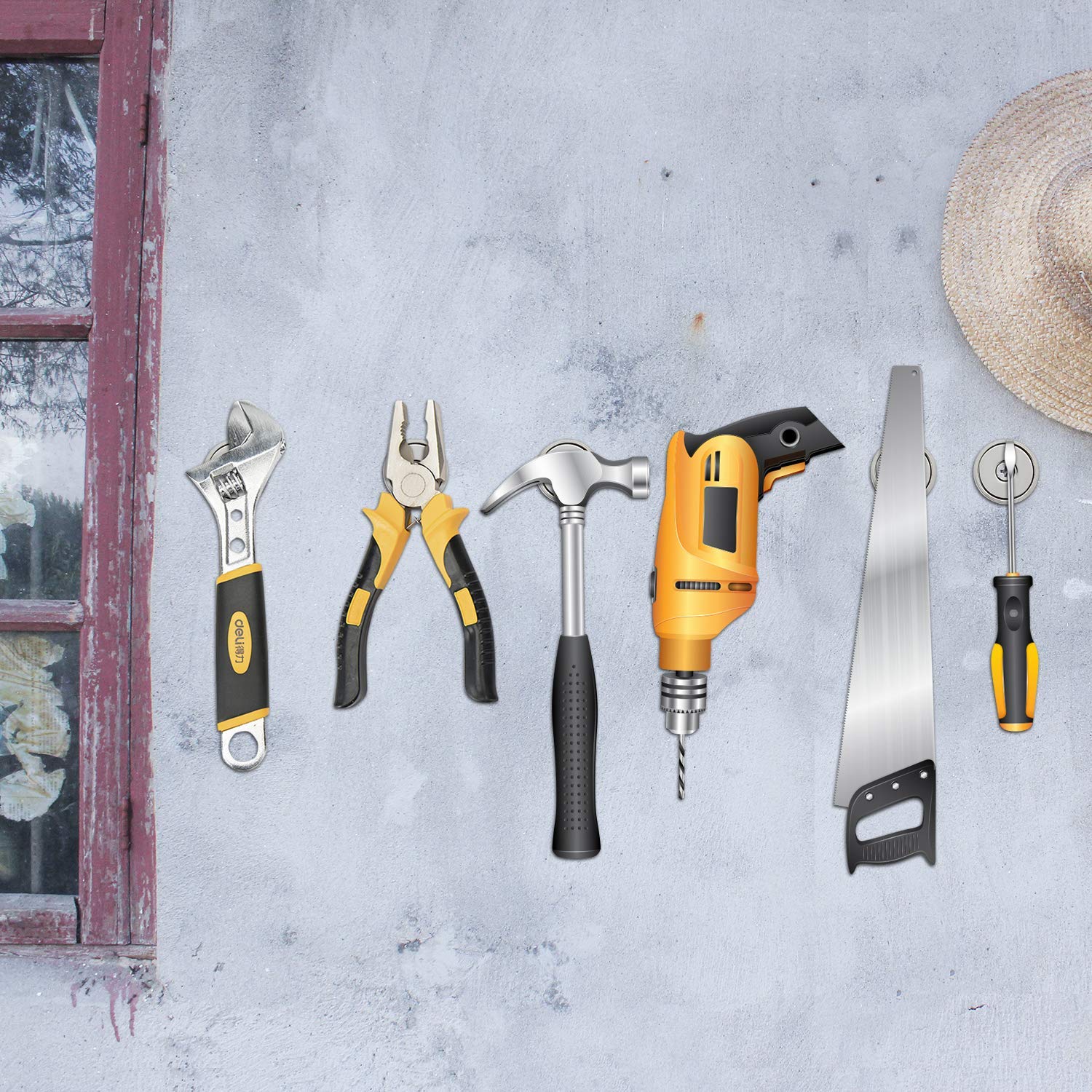Cup magnets are round magnets that are intended to be used within a channel or cup. They appear to be ordinary round-shaped metal pieces, as shown in the adjacent photo. Cup magnets, of course, can generate a magnetic field. You can put them inside a channel or a cup to keep the object in place.
They are referred to as "cup magnets" because they are frequently used inside of cups. A cup magnet can be used to stabilize a metal cup and thus keep it from falling over. Inserting a cup magnet inside the metal cup will keep it in place. Cup magnets can still be used for other things, but they've become associated with cups.
Cup magnets, like other types of permanent magnets, are made of ferromagnetic material. The majority of them are made of neodymium. Neodymium, with the atomic number 60, is a rare-earth metal that produces an extremely strong magnetic field. Cup magnets will cling to the inside of a channel or cup, securing the object and preventing it from falling over.
The interior of channels and cups is round, making them unsuitable for traditional square or rectangular magnets. A small magnet may fit inside a channel or cup, but it will not be flush with the bottom. Cup magnets are one solution. They are shaped in a round shape that fits inside most channels and cups.
The following materials are available for cup magnets:
- Samarium Cobalt (SmCo)
- Neodymium (NdFeB)
- AlNiCo
- Ferrite (FeB)
The range of the maximum application temperature is 60 to 450 °C.
There are several different designs for pot magnets and electromagnets, including flat, threaded bush, threaded stud, countersunk hole, through hole, and threaded hole. There is always a magnet that works for your application because there are so many distinct model options.
A flat workpiece and spotless pole surfaces guarantee the best magnetic holding force. Under ideal circumstances, perpendicular, on a piece of grade 37 steel that has been flattened to a thickness of 5 mm, without an air gap, the specified holding forces are measured. No difference in the draw is made by little defects in the magnetic material.




